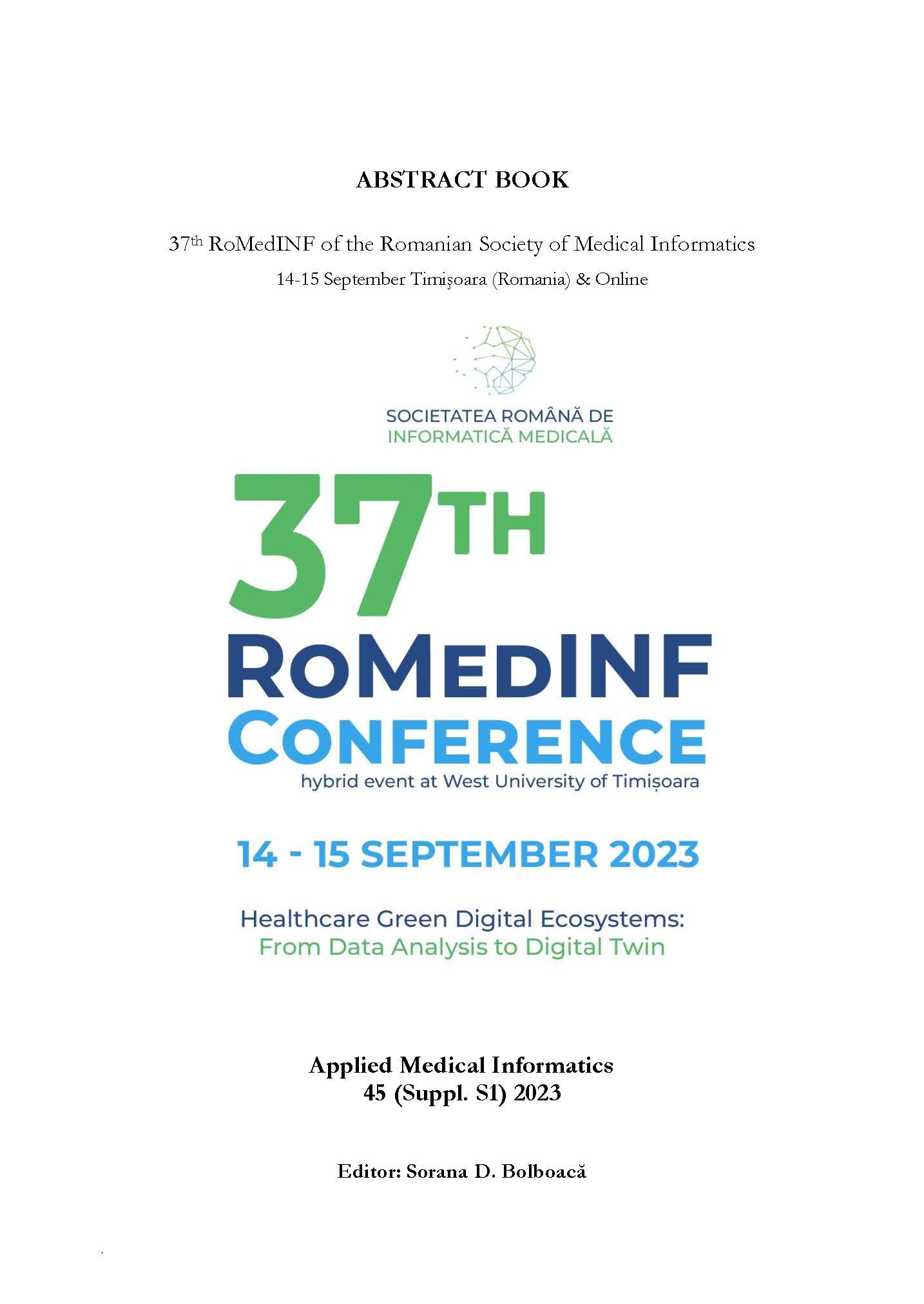Chemoinformatic Study of Benzodiazepines
Keywords:
Benzodiazepines, GABA A receptor, QSAR (Quantitative Sstructure-Activity relationship), Chemoinformatics, Structural biochemistryAbstract
Benzodiazepines are a type of psychotropic drugs with tranquilizing effect, originally used as ansiolytics. However, benzodiazepines are highly addictive, and a person who abuses them faces a host of symptoms. Moreover, the market for new psychoactive substances is growing. The aim of this study was to predict in silico chemical structures on benzodiazepine skeleton with affinity for the GABA A receptor. A set of 50 benzodiazepine-based compounds was analyzed to develop a QSAR training set with respect to published binding values to GABA receptors. To develop a mathematical model, physicochemical properties (partition coefficient, molar refractivity, molar volume) were used to correlate with biological activity (logIC50). We estimated the logIC50 and compared it with the observed values to test our model. To create the ADMET profile, we used the ADMETlab2.0 program. The molecular target for diazepam and nitrazepam molecules was predicted using SwissTargetPrediction. The visualization of the target structure was achieved with the Chimera program. The SeamDock molecular docking program was used to study molecular target interactions with diazepam and nitrazepam drugs. The best results of univariate correlation are shown by molar volume. The best statistics were obtained for univariate correlation. Diazepam and nitrazepam are small molecules with good oral availability that cross the blood-brain barrier, affecting the nervous system. The target predicted most likely to interact with drugs is the alpha-1 subunit of the GABA A receptor. The molecular docking study showed a favorable interaction between the molecular target and the drugs diazepam and nitrazepam. This QSAR model will allow rapid prediction of the binding activity of emerging benzodiazepines in a rapid and economic way, compared with expensive in vitro/in vivo analysis. Diazepam and nitrazepam interact with GABA A receptors, potentiating their activity.
Downloads
Published
How to Cite
Issue
Section
License
Copyright (c) 2023 Alexandra-Loredana ALMĂŞAN, Corin DUDA-SEIMAN, Edward ŞECLĂMAN, Corina VERNIC

All papers published in Applied Medical Informatics are licensed under a Creative Commons Attribution (CC BY 4.0) International License.

